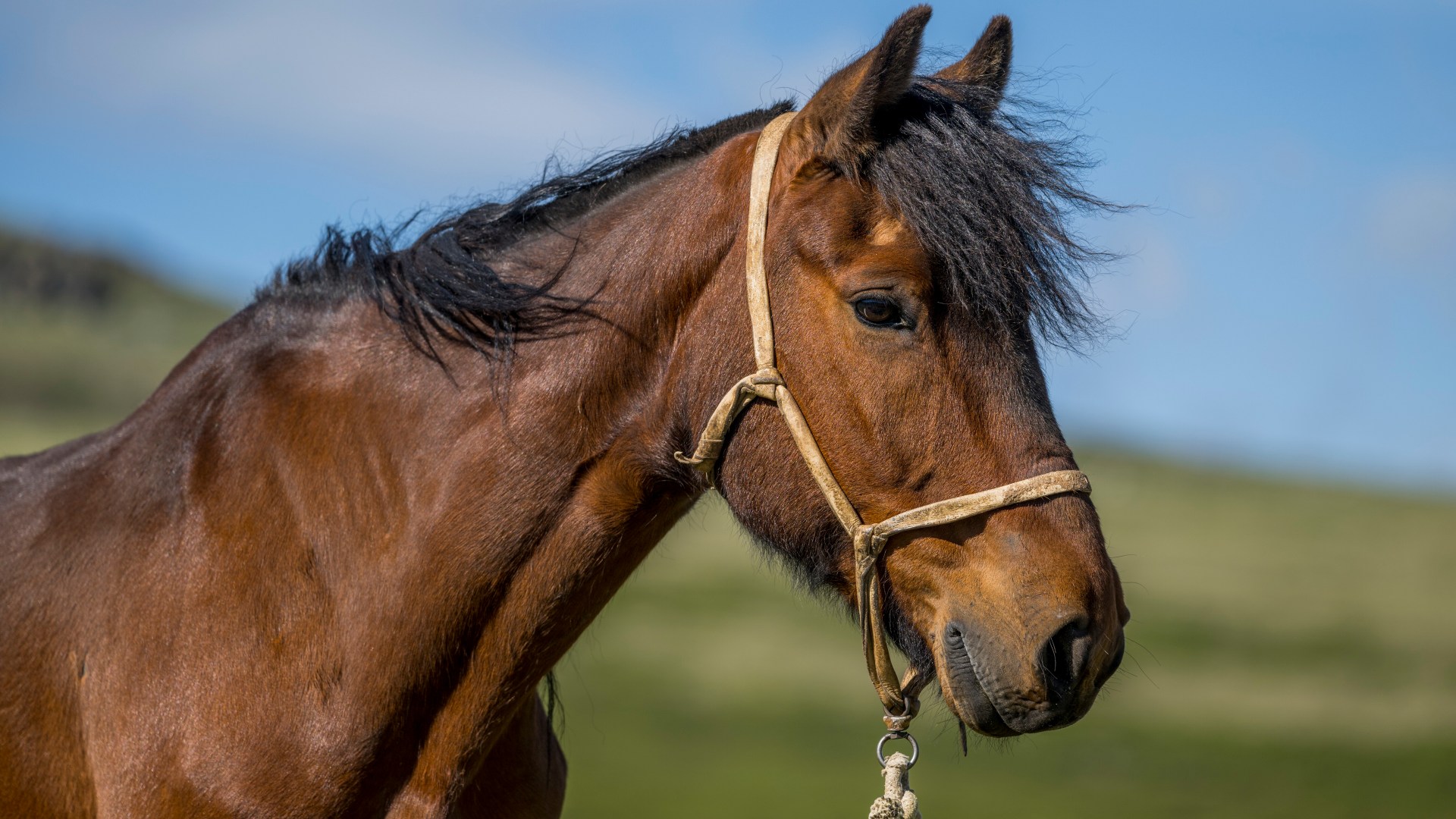BIRD flu can infect horses without causing any symptoms, new research reveals, sparking fears it could be spreading under the radar.
It’s a new chapter in the unfolding threat of H5N1, widely feared as the virus most likely to spark the next pandemic.
3
Scientists at the University of Glasgow discovered antibodies to the avian virus in blood samples from horses in Mongolia.
Professor Pablo Murcia, who led the research, said the finding suggests horses worldwide could be at risk in regions where bird flu is prevalent – and they could potentially pass the virus to humans.
“It’s very important, now we know these infections can occur in nature, that we monitor them to detect them very rapidly,” he told Sky News.
“Horses, like many other domesticated animals, live in close proximity to humans and if this virus was to be established in horses the probability of human infection increases.”
No outbreaks of respiratory disease were reported in the herds studied, according to the paper, published in the Emerging Infectious Diseases journal last month.
This suggested the cattle that tested positive for H5N1 antibodies may have had asymptomatic infections.
The team believes the virus could mix with others inside horses, potentially creating a new mutant bird flu strain.
Horses can already catch equine flu, caused by H3N8.
If they’re simultaneously infected with H5N1, the viruses could exchange genetic material and evolve rapidly through a process called reassortment, leading to a potentially more dangerous variant.
H5N1 has been circulating for decades, mainly triggering outbreaks in poultry.
But a new variant has recently gone global, hitching a ride with migrating birds and increasingly jumping to mammals, including tigers, pigs, seals, house cats and polar bears.
In the US, the virus is now spreading among cows, with more than 700 dairy herds having tested positive, according to the US Centers for Disease Control and Prevention.
At least 66 human H5N1 cases have been confirmed in the US in 2024 – with the majority believed to have caught the virus from cows.
Initially, symptoms in infected individuals were mild.
However, in recent months, two cases with severe symptoms have emerged – a man in the US and a teenager in Canada.

3
So far, there is no evidence that H5N1 can spread between humans.
But this increase in transmission gives the virus lots of opportunities to mutate and become more dangerous.
Experts from the US recently discovered H5N1 is already just one mutation away from developing the ability to transmit person-to-person.
Scientists at Scripps Research in San Diego tested various genetic mutations on virus material from infected cattle.
Their tests revealed a mutated strain of H5N1 capable of binding to human upper respiratory cells.
This adaptation could make it easier for the virus to spread between people via coughing or sneezing, sparking fears it’s evolving to infect humans more effectively.
According to the UK Health Security Agency (UKHSA), the virus is highly unlikely to affect cattle in Britain and the risk to the public is low.
But an order has been placed for five million doses of a vaccine against the H5 family of viruses if bird flu begins to spread in humans.

3
Bird flu: Could it be the next human pandemic?
By Isabel Shaw, Health Reporter
The H5N1 bird flu is running rampant in wildlife around the world and is now spreading in cows.
In recent months, it infected people in Canada and the US leaving them severely unwell.
This increase in transmission has given the virus lots of opportunities to mutate – a process where a pathogen changes and can become more dangerous.
One way it could do this is through reassortment.
This happens when two viruses infect the same host at the same time, leading to the creation of a new, potentially more dangerous variant.
Scientists fear it’s only a matter of time before one of these mutations makes it better at spreading among mammals – and potentially humans.
Experts recently discovered that H5N1 is already just one mutation away from developing the ability to transmit person-to-person communication.
So far, there is no evidence that H5N1 can spread between humans.
But in the hundreds of cases where humans have been infected through contact with animals over the past 20 years, the mortality rate is high.
From 2003 to 2024, 889 cases and 463 deaths caused by H5N1 have been reported worldwide from 23 countries, according to the World Health Organisation.
This puts the case fatality rate at 52 per cent.
Leading scientists have already warned an influenza is the pathogen most likely to trigger a new pandemic in the near future.
The prospect of a flu pandemic is alarming.
However, scientists have pointed out that vaccines against many strains, including H5N1, have already been developed, others are still in the pipeline.




